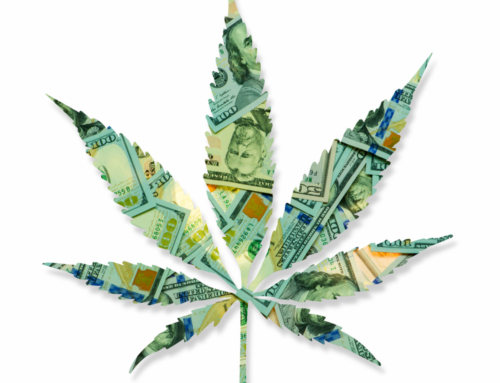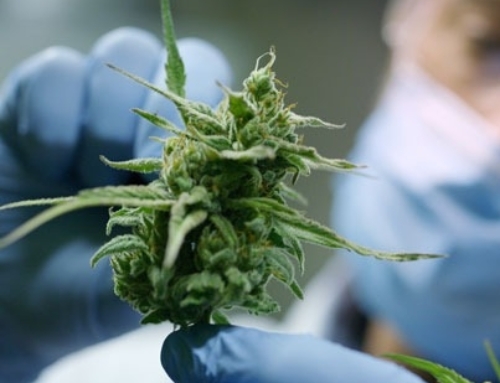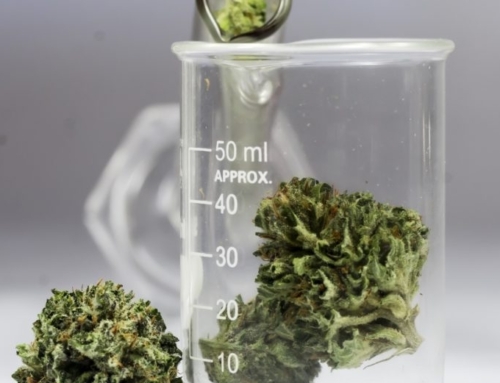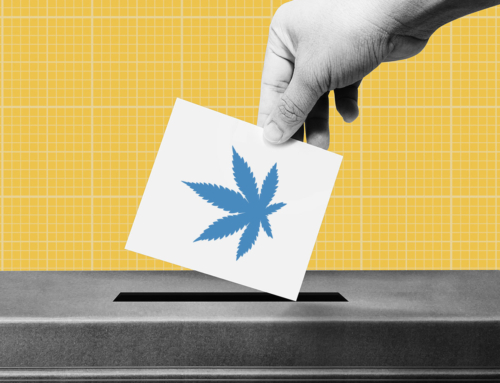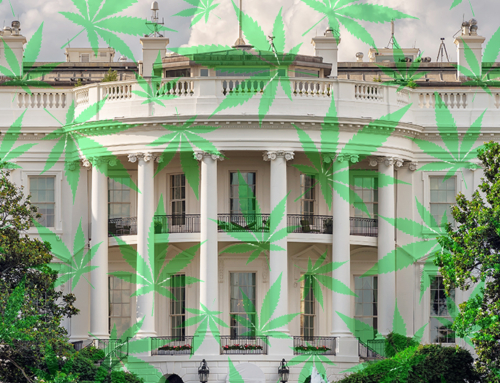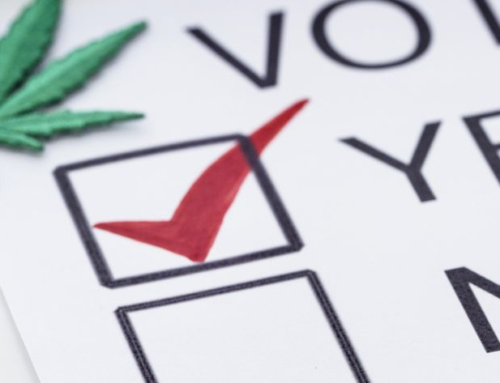Neither the enactment of statewide adult-use marijuana legalization laws nor the passage of marijuana medicalization laws has significantly impacted youth use patterns over the past two decades, according to data published in The American Journal of Public Health.
“Contrary to the claims of many legalization opponents, changes in states’ marijuana policies have not led to any significant rise in cannabis use among young people,” NORML’s Deputy Director Paul Armentano said. “Overall, most voters believe that these adult-use policies are operating as intended, which is why no state that has legalized the use of cannabis for either medical or adult-use purposes has ever repealed their law.”
Researchers affiliated with the University of California at Irvine compared cannabis use patterns among justice system-involved adolescents in California in the years immediately following the implementation of adult-use legalization with those of similarly matched controls residing in a non-legalization state (Pennsylvania). In general, marijuana use levels in this group are substantially higher than they are in the general population.
Authors reported, “California JSI youths did not demonstrate a significant increase in marijuana use after [adult-use] legalization or implementation.” In fact, marijuana consumption rates among young people in California were lower than those reported by young people in Pennsylvania over the same time period.
The study’s findings are consistent with numerous other papers similarly concluding that liberalized marijuana policies are not independently associated with upticks in cannabis use by young people. An accompanying editorial in the Journal emphasized this point, stating: “Taken as a whole, these studies suggest that marijuana legalization has not had much overall effect on marijuana use by children and adolescents, at least during the past two decades. From 2000 to 2019, marijuana legalization changed substantially. … Despite these changes, adolescent marijuana prevalence has varied little, with the national percentage of US 12th graders who have ever used marijuana hovering within a narrow window of 42 percent to 49 percent during this time period. In 2019, it was at 44 percent, toward the lower end of this range.”
The editorial concluded, “In summary, prevalence of marijuana use among adolescents has remained remarkably steady over the past 20 years despite substantial changes in its legality across the United States during this period.”
The abstract of the study, “Marijuana use among justice-involved youths after California statewide legalization, 2015-2018,” appears here. The accompanying editorial, “Marijuana legalization and marijuana prevalence among adolescents,” appears here. (No abstract is available.) Additional information is available from the NORML fact-sheet, ‘Marijuana Regulation and Teen Use Rates.’


